May 29, 2025 | 12:05 GMT +7
May 29, 2025 | 12:05 GMT +7
Hotline: 0913.378.918
May 29, 2025 | 12:05 GMT +7
Hotline: 0913.378.918
Hau Giang is a province that boasts a total orchard area of approximately 46,400 hectares, with an annual crop yield of 560,000 tons. This province is particularly advantageous for fruit cultivation. Here, farmers concentrate on cultivating citrus (nearly 12,000 hectares), jackfruit (over 9,900 hectares), pineapple (more than 3,200 hectares), durian (nearly 3,000 hectares), mango, banana, soursop, and other crops.
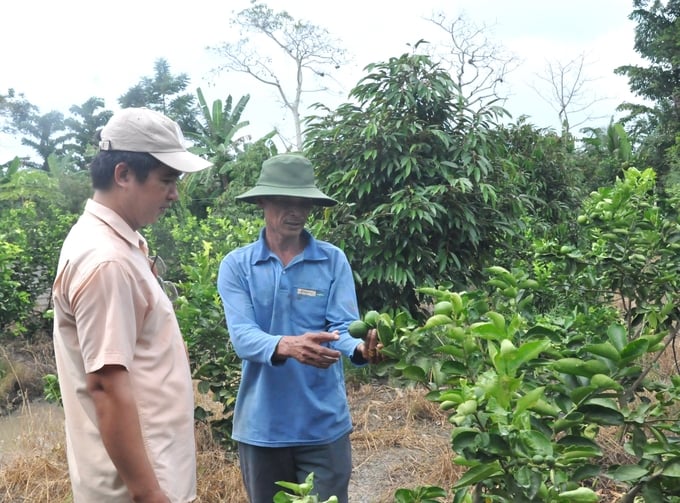
Hau Giang province has an advantage in developing fruit orchards, with many high-value fruit trees grown by farmers for export. Photo: Trung Chanh.
Farmers are increasingly transitioning to economically valuable commodities such as durian and jackfruit, as per Mr. Vo Xuan Tan, Deputy Director of the Hau Giang Department of Agriculture and Rural Development. The agricultural sector recommends that producers avoid planting without a stable market demand and promotes the implementation of technological advancements to improve productivity and quality and prevent pests. It is recommended that farmers adhere to the organic, VietGAP, and GlobalGAP standards and administer their plantations according to production unit codes in order to satisfy the requirements of the export market.
In recent years, the Hau Giang agricultural sector has provided assistance to producers in the management of their plantations through the use of production unit codes. The province has presently granted 132 production unit identifiers to plantations, farmer organizations, and enterprises, according to Mr. Tran Anh Tuan, Deputy Director of the Hau Giang Crop Production and Plant Protection Sub-Department.

Farmers in Hau Giang province apply technology in fruit production to improve quality, ensuring export standards. Photo: Trung Chanh.
These include 40 codes for jackfruit, which span 528 hectares across 655 households and produce an annual yield of approximately 9,400 tons. The annual yield of mango is approximately 3,500 tons, with 25 codes spanning 358 hectares across 433 households. The annual yield of lime is approximately 5,760 tons, with a total of 10 codes spanning 166 hectares across 95 households. The annual yield of durian is approximately 6,580 tons, with 11 codes spanning 267 hectares across 237 households. One code for pineapple, which was granted in 2022 for export to the European market, covers 50 hectares across 22 households and produces an annual yield of approximately 1,500 tons.
In 2024, the department has conducted inspections and monitoring of 117 production units, as required, and has reported the results to the Plant Protection Department, according to Mr. Tran Anh Tuan. The year 2024 saw the issuance of 15 new production unit codes, including 9 for durian exports to China, 5 for lime exports to the European and New Zealand markets, and one for longan exports to the European market.
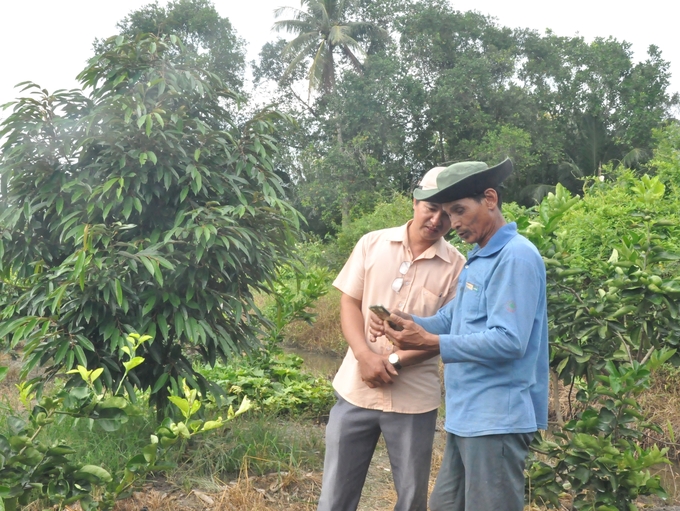
Agricultural technical staff guide farmers in orchard care, maintaining production unit codes to meet export market requirements. Photo: Trung Chanh.
The province has received 8 applications for new production unit codes in 2024 to facilitate exports. Within this group, four applications for seedless lime (originating from Nga Bay City) requested production unit codes for exports to New Zealand and Europe. Three documents (from Chau Thanh, Chau Thanh A, and Nga Bay City) requested for codes in order to export durian to the Chinese market, . One application (originating from Vi Thanh City) requested a code for pineapple exports to the European market. Hau Giang's Crop Production and Plant Protection Sub-Department has rendered assistance, counseling, and training to facilitate the completion of application dossiers and the submission of results to the Plant Protection Department as necessary.
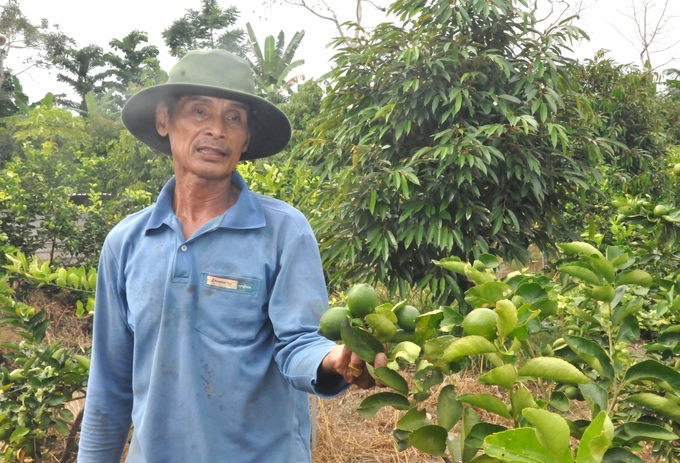
The province has received 8 applications for new production unit codes in 2024 to facilitate exports. Within this group, four petitions for seedless lime (originating from Nga Bay City) requested production unit codes for exports to New Zealand and Europe. In order to export durian to the Chinese market, three documents (from Chau Thanh, Chau Thanh A, and Nga Bay City) requested codes. Photo: Trung Chanh.
Furthermore, there are 7 production unit codes for rice, which collectively extend across 294 households and encompass 272 hectares, with an annual production of approximately 6,880 tons. These included four codes for two production units in Long My District and two codes for one production unit in Phung Hiep District for export to European and Chinese markets.
Translated by Linh Linh
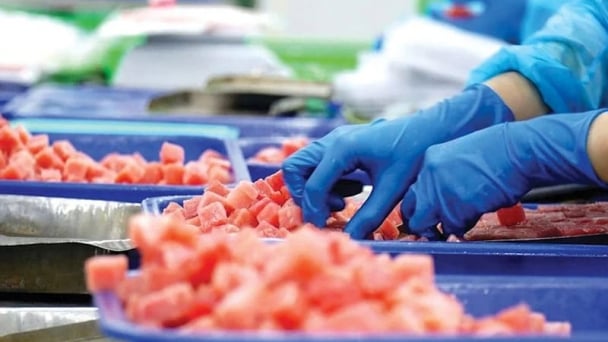
(VAN) The import-export turnover between Vietnam and Singapore rose amid a trade rebound, with machinery, electrical equipment, and fuels making up the majority of the transaction value.

(VAN) Director General of the General Administration of Customs of China, Ms. Sun Mai Jun, has pledged to implement measures that will ease the import process for Vietnamese agricultural products.
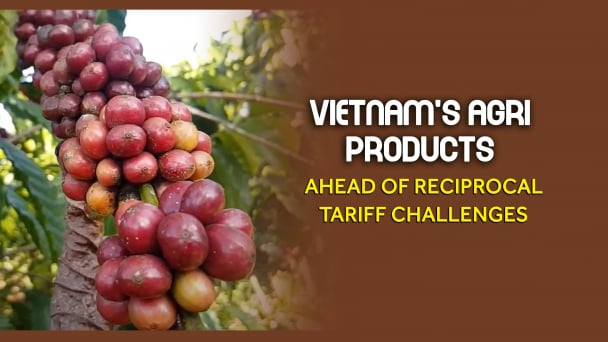
(VAN) Although Vietnam is still increasing its coffee exports, the industry is currently in the process of determining market strategies in response to the U.S. imposition of reciprocal tariffs.

(VAN) With rising demand in Muslim-majority countries, Halal certification is becoming a critical passport for Vietnamese agricultural products seeking sustainable market access and consumer trust in the Middle East and Africa.

(VAN) Vietnam’s fruit and vegetable exports to the U.S. are rising sharply, and exporters are hoping that any upcoming reciprocal tariffs will be set at manageable levels.
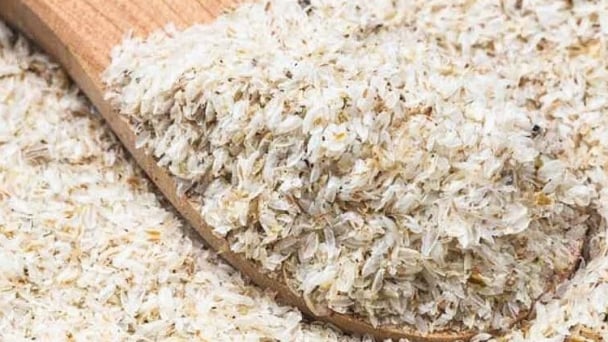
(VAN) Despite meeting quality standards, Vietnamese rice bran exporters still face difficulties with administrative procedures under the new protocol.
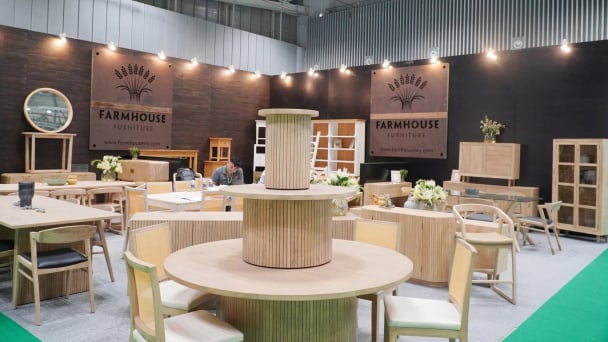
(VAN) The U.S. is tightening import tariffs and origin inspections, requiring Vietnamese businesses to proactively prepare in terms of legal compliance, supply chains, and appropriate export strategies.